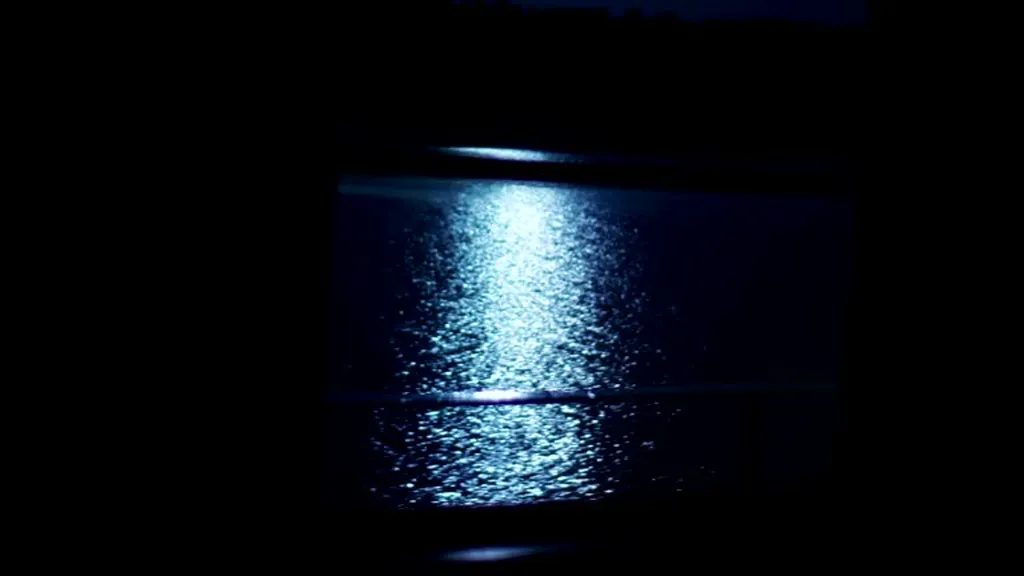In the world of maritime imaging, raindrops on camera lenses can be a real nuisance, blurring vital visuals and complicating tasks like navigation, surveillance, and inspection. A recent study published in the journal *Computer Engineering* (Jisuanji gongcheng) by researchers from the Institute of Logistics Science and Engineering at Shanghai Maritime University, led by Yang Jinlin and Li Chaofeng, tackles this very issue. Their work introduces a novel method for removing raindrops from images without needing paired images of the same scene with and without rain—a common requirement in existing techniques.
The researchers developed a Domain Transform Network (DTN) that essentially teaches a computer to translate between rainy and rain-free images. This unsupervised approach is a game-changer because it doesn’t require extensive datasets of paired images, making it more practical for real-world applications. To enhance the network’s ability to capture both global and local features of the image, they incorporated Fast Fourier Convolution (FFC). This technique leverages Spectral Transformation (ST) to switch between spatial and frequency domains, allowing the network to perceive even the subtlest raindrops that might otherwise go unnoticed.
The results are impressive. When tested on real-world datasets, the method outperformed existing advanced techniques in terms of both quantitative metrics and visual quality. Specifically, it improved the Peak Signal-to-Noise Ratio (PSNR) by 3.37 dB and the Structural Similarity Index Measure (SSIM) by 0.0313 compared to the original U-Net plus Markov discriminant network. This means clearer, more accurate images with finer details preserved.
For the maritime industry, this technology holds significant promise. Imagine a ship’s camera system that can automatically remove raindrops from its feed, providing a clear view for the crew regardless of weather conditions. This could enhance navigation safety, improve the accuracy of remote inspections, and even aid in search and rescue operations. The ability to restore image texture details while removing raindrops is particularly valuable in scenarios where every pixel counts, such as identifying small objects or reading distant signs.
Yang Jinlin and Li Chaofeng’s work represents a step forward in the field of image processing, offering a practical solution to a longstanding problem. As the maritime industry continues to embrace advanced technologies, this research could pave the way for more reliable and efficient imaging systems on ships and offshore platforms. The integration of such technologies could not only improve operational efficiency but also contribute to safer and more effective maritime operations.
In the words of the researchers, their method “can restore more image texture details while removing raindrops,” a capability that could be a boon for maritime professionals who rely on clear visuals for their daily tasks. With further development and integration, this technology could become a standard tool in the maritime sector, enhancing the way we see and interact with the world’s oceans.

